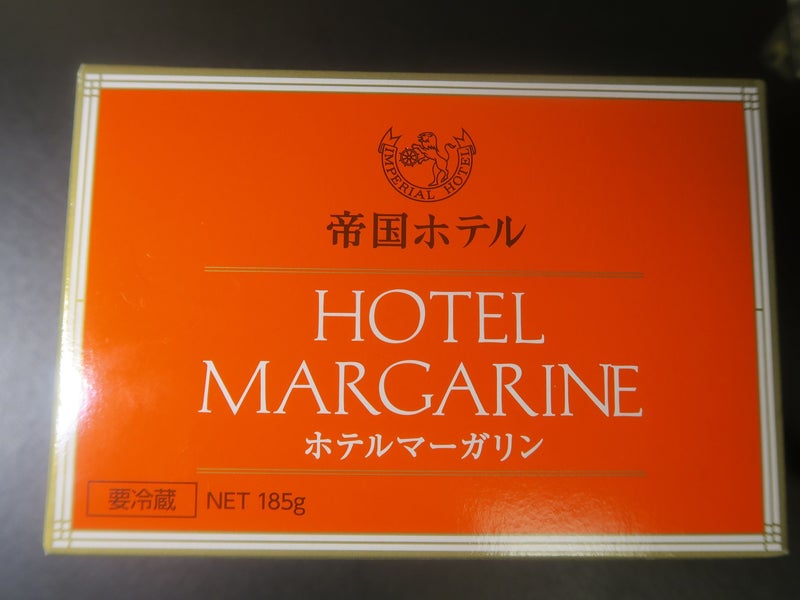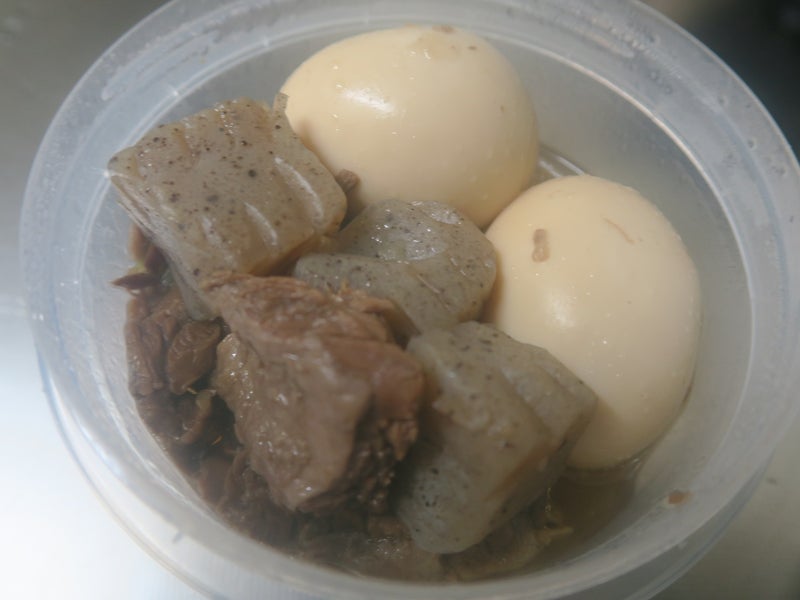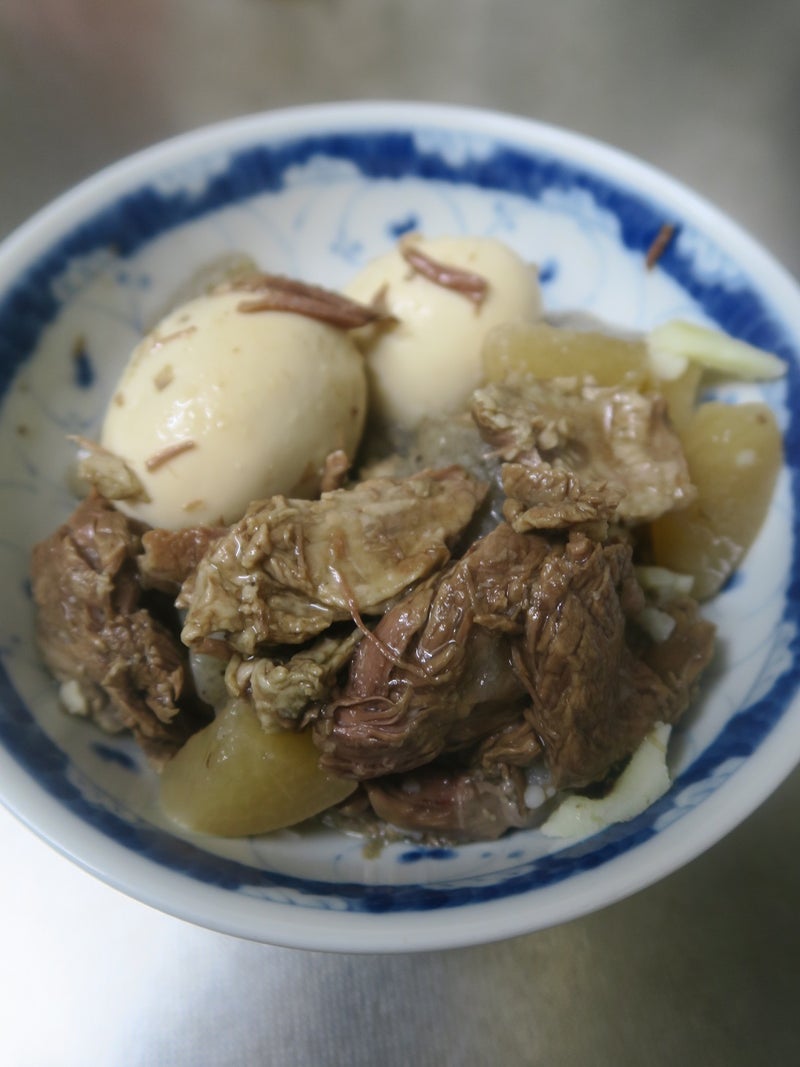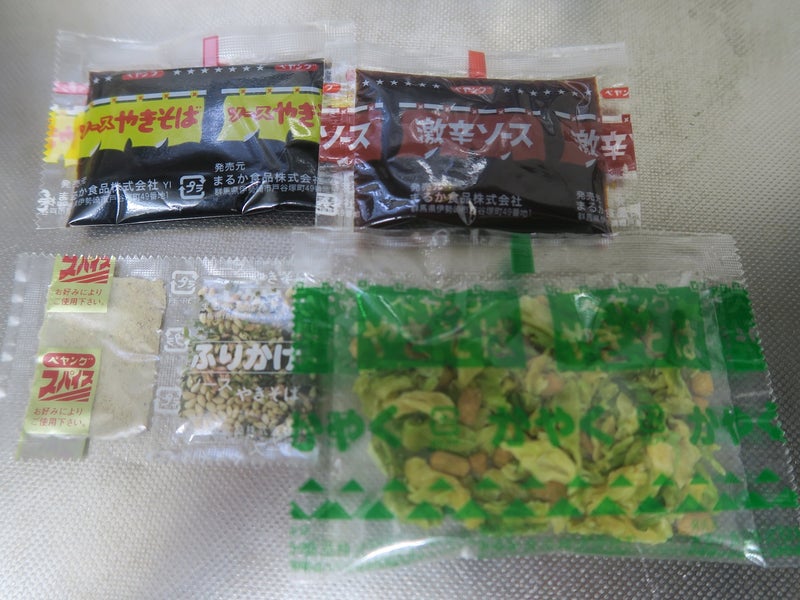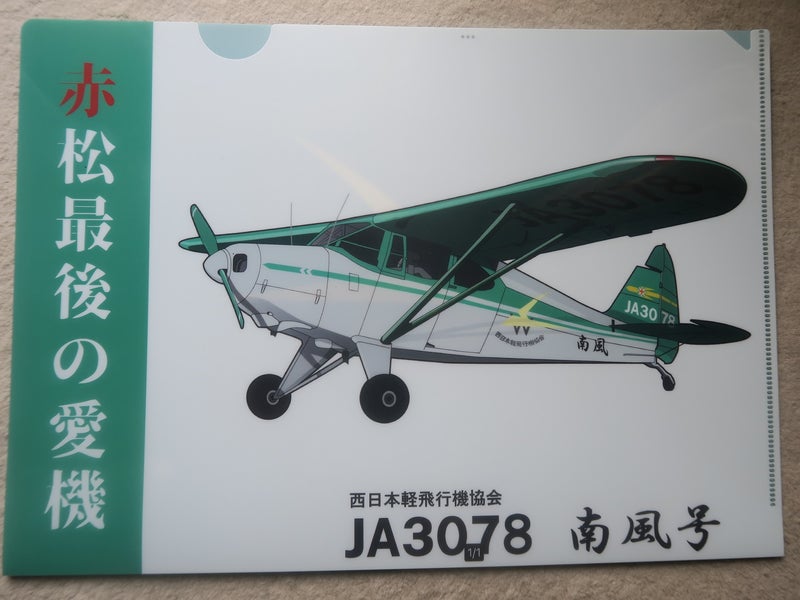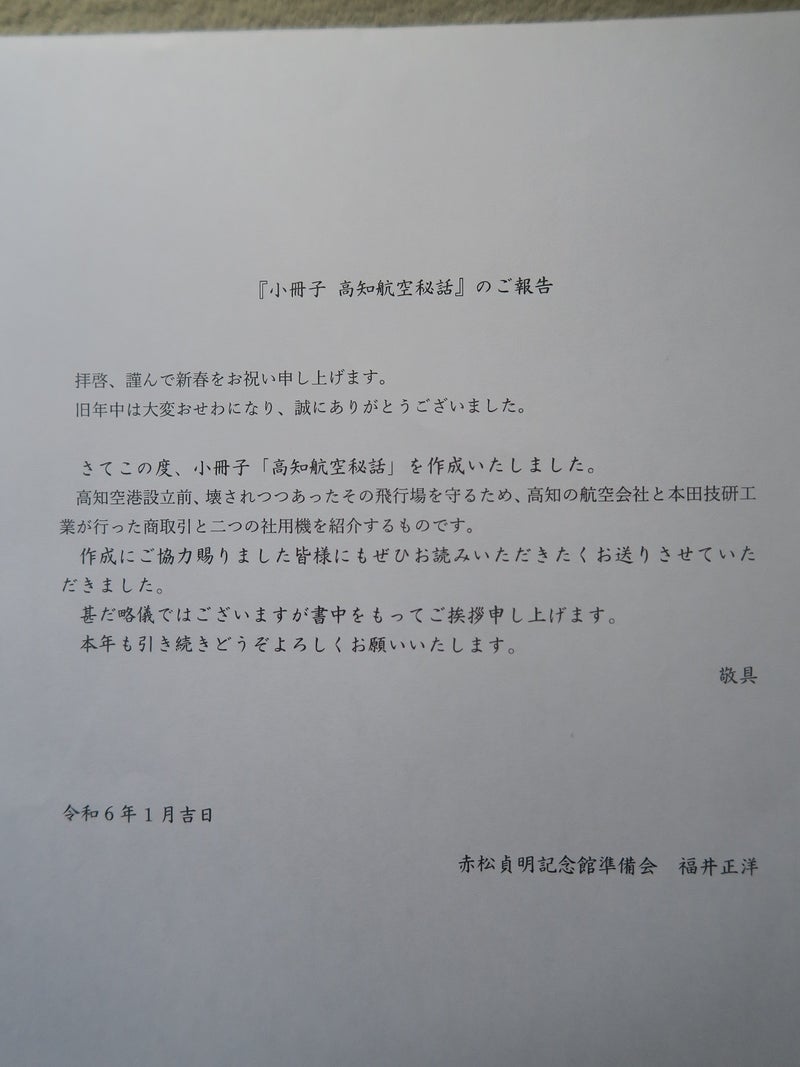- 前ページ
- 次ページ
インスタントやきそばのなかで、ペヤングがいちばんおいしい。どのスーパー、コンビニでも、山積みで売っているヒット商品だ。なかでもレギュラー型(向かって左)と激辛型(右)がいちばん売れている。この製品は、ふたつの人気商品をひとつにしたもの。
ソースは二種類入っている。
別にチキン、キノコ、キャベツを炒めた。
やきそばの上に、チキン、キノコ、キャベツをのせた。
Sada-aki Akamatsu Memorial Museum is in preparation now in Kohchi, Japan. S. Akamatsu was one of the famous flying aces during the Pacific War. He claimed he shot down about 300 enemy planes during the War, but, of course, it was exaggerated. He fought the wars in China and in the Pacific for nearly 10 years, anyway, and survived with amazing good luck, shooting down a lot of planes.
A person who is in charge of the preparatory actions for the museum sent me a booklet, the content of which is the behind-the-scenes story of the aviation in Kohchi. S. Akamatsu got involved in the development of the aviation in Kohchi after the World War Ⅱ.
This is the front cover of the booklet. Back row left, stands S. Akamatsu.
This is the plastic file holder in which the booklet was put. The picture is one of the planes S. Akamatsu flew after the war. The nickname for this plane was "South Wind" probably because Kohchi Prefecture is located in southern part of Japan.
The below picture shows the back of the plastic file holder.
高知県・赤松貞明記念館(現在準備中)より、『小冊子・高知航空秘話』が送付されてきた。案内状によると、
「高知空港設立前、壊されつつあったその飛行場を守るため、高知の航空会社と本田技研工業が行った商取引と二つの社用機を紹介する」
という内容である。
クリアファイルの表側。戦後、赤松が操縦した「南風号」が、美しくデザインされている。赤松にとって、零戦とどちらがよかっただろうか。少なくとも、戦後は弾が飛んでこない空を飛べたわけだ。
クリアファイルの裏側。



